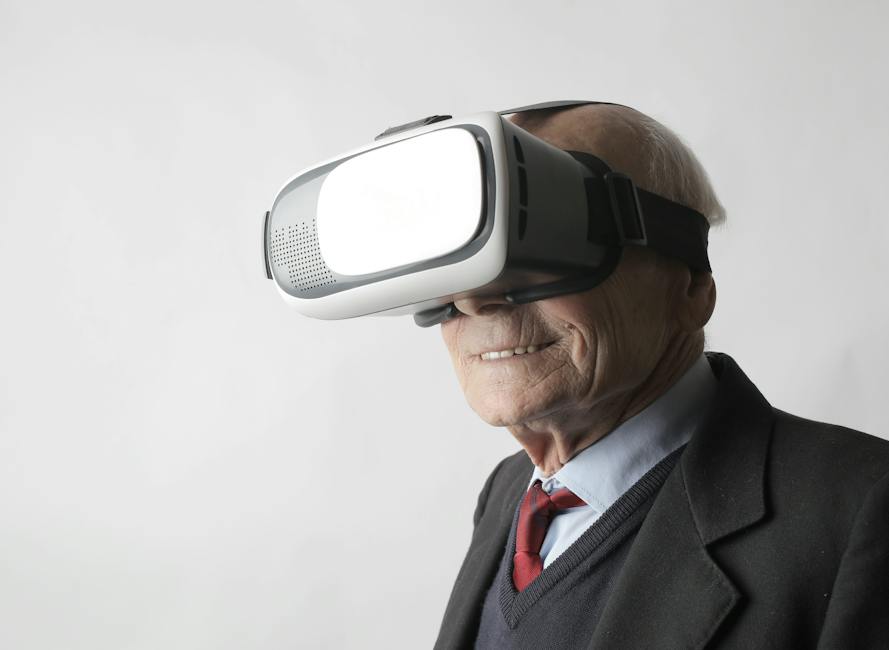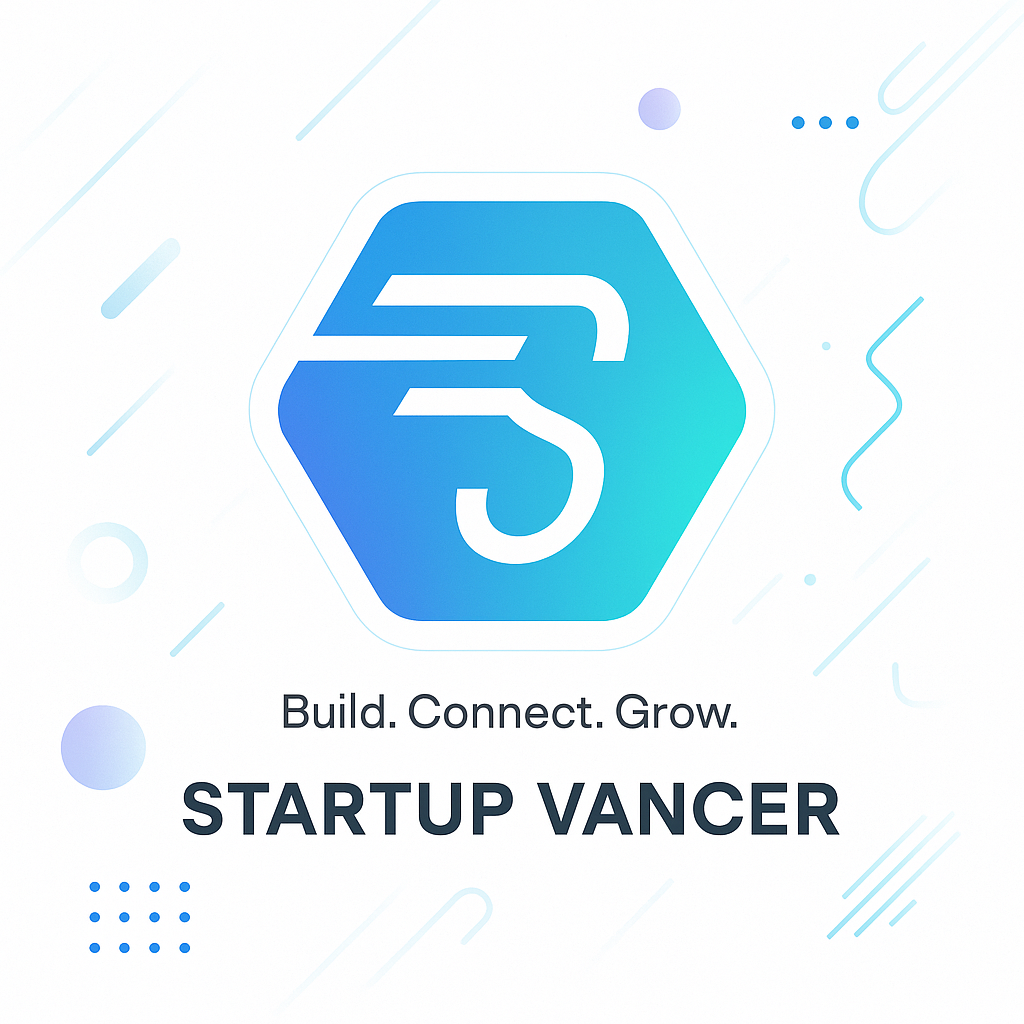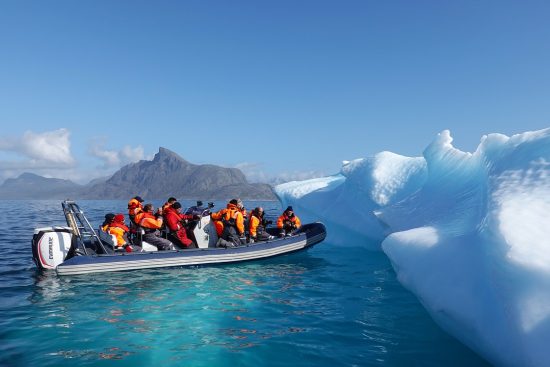
The use of virtual reality (VR) technology in education has been rapidly increasing, allowing for new and innovative ways to engage students in the learning process. From integrating VR into classroom curriculum to utilizing it for interactive learning experiences, the possibilities for enhancing education are endless. VR simulations have also proven to be effective in enhancing STEM education and providing individualized learning experiences for students with special needs. Additionally, VR technology has become a valuable asset in empowering remote learning, especially in today’s digital age. In this blog post, we will explore the various ways VR is revolutionizing education and measure its impact on student engagement and achievement.
Integrating VR Into Classroom Curriculum
Virtual Reality (VR) technology has made significant advancements in recent years, and its application in the field of education is no exception. As an education innovation, VR has the potential to transform traditional classroom curriculum by providing students with immersive and interactive learning experiences.
By integrating VR into classroom curriculum, educators can create a more engaging and dynamic learning environment for their students. With the use of virtual reality simulations, students are able to visualize and experience complex concepts in a way that is not possible with traditional teaching methods. This hands-on approach to learning can lead to a deeper understanding and retention of the material.
Furthermore, the use of VR can also cater to different learning styles and abilities, making education more inclusive and personalized. Students can explore virtual environments at their own pace, and educators can provide individualized special education experiences for those who require additional support.
Utilizing VR For Interactive Learning Experiences
The use of Virtual Reality (VR) in education has opened up new possibilities for interactive learning experiences. By immersing students in virtual environments, educators are able to engage students in more hands-on and immersive learning experiences.
One of the key benefits of utilizing VR for interactive learning experiences is the ability to transport students to different places and time periods without leaving the classroom. This can be especially helpful for history and geography lessons, allowing students to virtually visit historical sites and landmarks, or explore different regions of the world.
Furthermore, VR can be used to simulate real-world scenarios, such as science experiments or engineering projects, giving students the opportunity to apply their knowledge in a practical and dynamic way. This can enhance their understanding of complex concepts and foster a deeper level of engagement with the subject matter.
Enhancing Stem Education With VR Simulations
When it comes to education innovation, Virtual Reality (VR) has become a game changer, especially in the field of STEM education. By integrating VR into classroom curriculum, educators are able to provide students with immersive and interactive learning experiences that enhance their understanding of complex scientific and mathematical concepts.
Utilizing VR for interactive learning experiences in STEM education allows students to explore virtual environments that would otherwise be inaccessible in a traditional classroom setting. This technology enables students to visualize abstract concepts, conduct virtual experiments, and solve complex problems in a highly engaging and hands-on manner.
Furthermore, VR simulations can be tailored to accommodate different learning styles and abilities, making it an invaluable tool for enhancing STEM education for students with diverse needs. This technology also has the potential to empower remote learning, providing access to high-quality STEM education for students in geographically isolated areas or those unable to attend traditional classes.
VR For Special Education And Individualized Learning
Virtual Reality (VR) technology has revolutionized the way we approach education, offering unique opportunities for specialized and individualized learning experiences. This innovative tool has the potential to greatly impact the education of students with special needs, as well as those who require individualized learning plans.
Utilizing VR in special education can provide students with immersive and interactive learning experiences that cater to their specific needs. For example, students with autism spectrum disorder may benefit from VR simulations that help them develop social and communication skills in a controlled and supportive environment.
Furthermore, VR technology can be used to create personalized learning experiences for students with diverse learning styles and abilities. By adapting the VR content to meet individual learning needs, educators can ensure that each student is receiving the best possible instruction and support.
Empowering Remote Learning With VR Technology
Remote learning has become an integral part of education in recent times, and with the advancement of Virtual Reality (VR) technology, it has opened up new possibilities for students and educators alike. The integration of VR into remote learning can enhance the overall learning experience and provide students with interactive and immersive learning opportunities.
Utilizing VR for remote learning allows students to explore virtual environments and engage in hands-on experiences that may not be possible in a traditional classroom setting. Whether it’s a virtual field trip to a historical site or a simulated science experiment, VR technology can bring learning to life in a way that traditional methods cannot. This not only makes learning more engaging and memorable but also allows for greater accessibility for students who may otherwise be unable to participate in certain experiences.
Furthermore, VR technology can provide opportunities for collaborative learning and social interaction, even in a remote setting. Students can engage in group activities and discussions within virtual environments, fostering a sense of community and connection despite physical distance. This can greatly enhance the overall remote learning experience and contribute to the social and emotional well-being of students.
Measuring The Impact Of VR on Student Engagement And Achievement
Virtual Reality (VR) has rapidly emerged as a revolutionary tool in the field of education innovation. The integration of VR into classroom curriculum has paved the way for interactive and immersive learning experiences that have significantly impacted student engagement and achievement. It has become increasingly important to measure the impact of VR on student engagement and achievement to better understand its potential as an educational tool.
The utilization of VR for interactive learning experiences has transformed traditional teaching methods, offering students a unique opportunity to explore and interact with concepts in a highly engaging and experiential manner. By incorporating VR simulations into STEM (Science, Technology, Engineering, and Mathematics) education, educators have been able to enhance the learning process and provide students with a deeper understanding of complex concepts.
Empowering remote learning with VR technology has proven to be especially beneficial in ensuring that students have access to high-quality educational experiences regardless of their geographical location. The ability to measure the impact of VR on student engagement and achievement is crucial in determining the effectiveness of remote learning initiatives and optimizing the use of VR in this context.
Frequently Asked Questions
How can virtual reality be integrated into the classroom curriculum?What are some examples of using VR for interactive learning experiences?How can VR simulations enhance STEM education?In what ways can VR technology be beneficial for special education and individualized learning?How can VR technology empower remote learning?What methods can be used to measure the impact of VR on student engagement and achievement?Answer for related question






